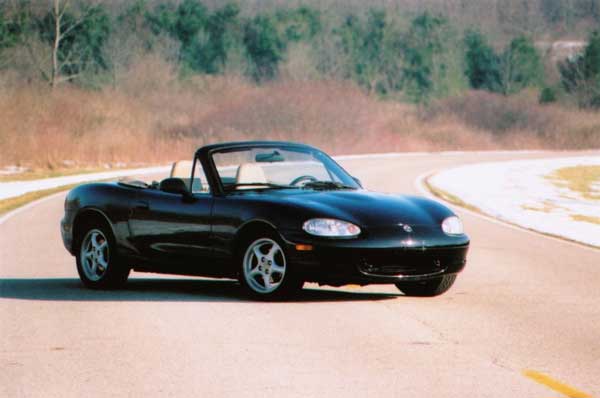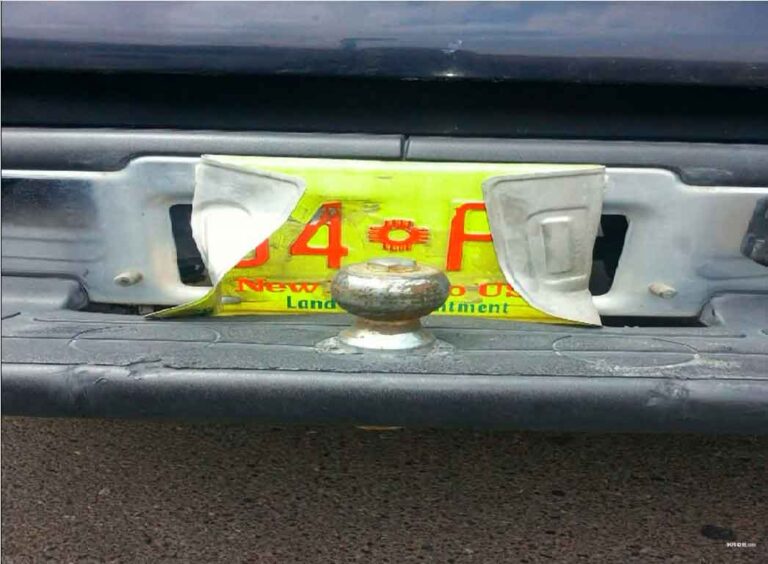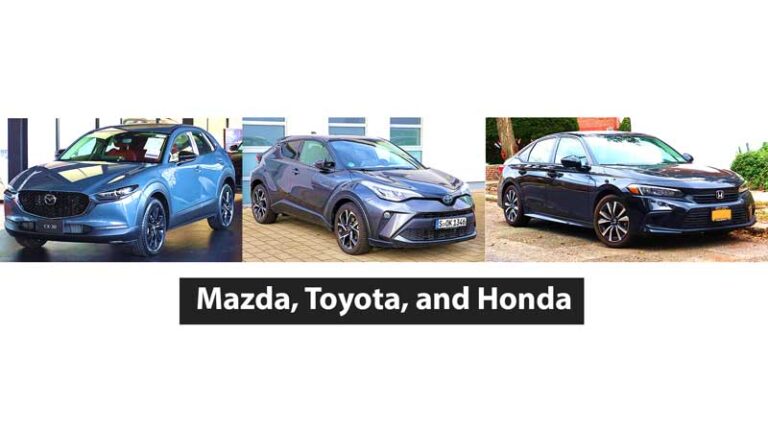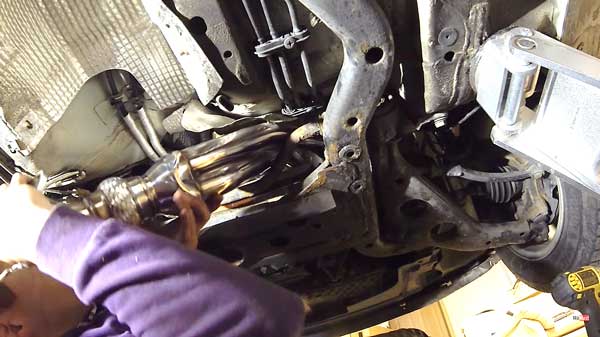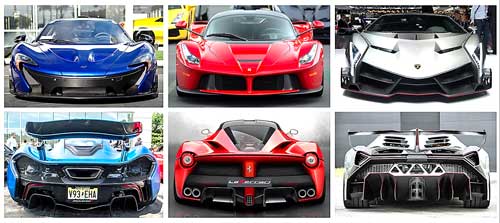Are Volkswagen Beetles Safe? A Comprehensive Analysis
How does the Volkswagen Beetle, an automotive icon known for its uniqueness and cultural impact, pass the inspection around its safety standards? Recognized worldwide for its unconventional design and historical significance, the Beetle raises awareness about its safety, an increasingly important feature in today’s automotive market In changing safety standards, it’s important to hear safety features and levels under this classic vehicle.

Photo: 2017 Volkswagen Beetle Classic in Deep Black Pearl, Rear Left
The Beetle was originally built in a time of different safety expectations and lacked the modern safety technology common in today’s cars. Its predecessor lacked advanced seat belts, airbags, and reinforcement housings, raising problems with crash safety. However, the next generation has improved, with some safety improvements. Despite these improvements, the Beetle is unable to match the safety standards set by modern vehicles due to historic design limitations.
Addressing its security interests requires extensive scrutiny of its crash-testing rates, indoor integrity, and security flexibility over time Although it has appeal, potential buyers weigh it its historical significance is compared to today’s safety expectations, emphasizing the need for a proper understanding of Volkswagen Beetle safety issues.
Historical Perspective and Evolution of Safety Standards
The historical prediction of the Fox Vaigan Beetle born in the 1930s was not only its famous architecture but also technological advancements but in the safety improvements of the newborns, the bee far from the expected security of today. In special operational capacity, and reputation, rather than safety situations More attention was paid to it.
But as the auto industry has evolved, so has Volkswagen’s commitment to safety. Reflecting decades of industry trends, the company consciously incorporated the latest safety technologies into its vehicles. These improvements were intended not only to enhance occupant safety but also to enhance pedestrian safety.
From leading-edge safety features to airbag integration, antilock braking systems, adaptive cruise control, lane departure warning, and collision avoidance systems, these ongoing improvements embody Volkswagen’s industry-wide dedication to enhancing travel safety standards will provide strong protection.
Safety Features of Volkswagen Beetles
The modern iteration of the Volkswagen Beetle puts safety first through styling. The vehicle construction is equipped with robust engineering components to ensure proper distribution of impact forces. This strength in structural integrity increases crash survivability by clearing the passenger compartment during a collision.

Photo: 1958 Volkswagen Beetle Deluxe
- Airbag system for crash mitigation: In addition to advanced safety features, the new Beetle models come with two front airbags as standard features These airbags deploy in conjunction, and work as a barrier reducing the force impact on the driver and passenger. This important safety feature plays an important role in reducing accidental injuries.
- Anti-lock braking system (ABS) ensures compliance: The Beetle is equipped with an anti-lock braking system (ABS) to further enhance its safety. This system helps drivers maintain it in emergency braking situations. By preventing wheels, ABS helps reduce the risk of subsequent crashes and collisions, thereby increasing overall vehicle control and safety
- Stability control for improved maneuverability: Electronic stability control (ESC) is another important safety feature added to the Modern Fly. ESC works by modulating braking and engine power during challenging driving conditions, such as slippery roads or sudden maneuvers. This technology helps to prevent loss of control, thus improving vehicle stability and reducing the possibility of accidents.
- Seat belt and restraint systems for occupant safety: Volkswagen has implemented advanced seat belt technology in the Beetle, including seat belt pretensioners and force limiters. These systems work together to better protect the occupants by reducing the occupant’s angle during a fall and distributing force to the body reducing the risk of injury.
- Advanced Driver Assistance System (ADAS) enhances safety features: To further enhance safety, some recent Beetle models are equipped with the Advanced Driver Assistance System (ADAS). These systems include forward collision warning, blind spot monitoring, and rearview cameras. Such technologies will provide additional safety by alerting drivers to potential hazards, increasing overall situational awareness, and reducing the likelihood of accidents.
Overall, the modern Volkswagen Beetle combines a range of advanced safety features aimed at maximizing occupant safety and reducing the impact of collisions, and it has established high safety standards within its category.
Safety Ratings and Assessments
An important component of modern automotive inspection, conducted primarily by independent agencies such as the National Highway Traffic Safety Administration (NHTSA) and the Insurance Institute for Highway Safety (IIHS), which rigorously test vehicles including the Volkswagen Beetle, provide a series of precautionary crash tests and conduct studies to evaluate their safety performance.
NHTSA uses a comprehensive approach, examining vehicles with frontal crashes, side crashes, and crashes. This review provides a star rating for how the vehicle performs under these critical conditions. Recent Volkswagen Beetle models have gone through these tests, with varying ratings in different tests. Generally, they demonstrated acceptable levels of safety, but particular models may show differences in their performance in different accidents.
In other words, IIHS goes beyond NHTSA assessments by going several safety categories deeper by conducting comprehensive crash tests. Their research provides a more nuanced view of vehicle safety. For Volkswagen Beetles, results from the IIHS tests have been somewhat mixed. While the Beetle has performed well in some safety aspects, it also highlights areas for improvement according to IIHS standards.
This review by both NHTSA and IIHS is an overall opinion on the Volkswagen Beetle’s overall safety profile. While the Beetle demonstrated generally satisfactory safety performance, the varying results in tests highlight the need for continuous improvement and improvement to improve safety features, which can address specific areas flagged for improvement by these independent testing organizations.
Standard equipment has dual front and side airbags. The seats are equipped with front seatbelt buckles, and an adjustable top anchor to enhance seatbelt fit. Front seat belts are equipped with pretensioners to reduce slack in severe crashes.
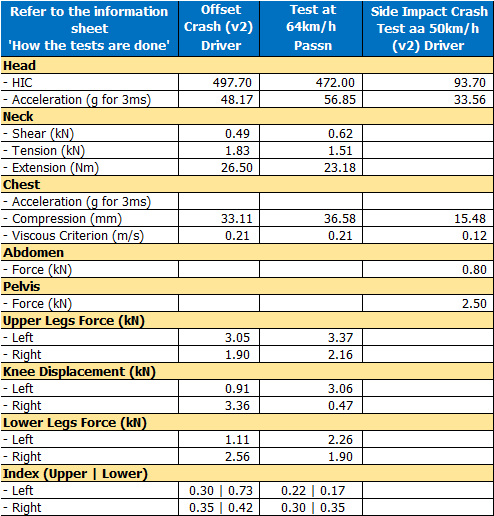
Table: Injury measurement of Volkswagen Beetle crash (ANCAP Safety Report)
Real-World Safety Performance
The value of real-world data in assessing automotive safety over laboratory environment monitoring cannot be overstated. While laboratory tests provide important insights, accident statistics and analyzing driver experiences give a comprehensive view of how safe a vehicle is under everyday conditions In the case of the Volkswagen Beetle, empirical evidence suggests an admirable safety record under real-world conditions.
However, there are a number of cross-disciplinary factors that are included in this study, not only affecting the driver’s behavior but also affecting different environmental factors. These features contribute to the safety of the car, which is the real world of the real world. The energy of the analysis is given to the energy.
Considerations for Potential Buyers
When evaluating the safety features of a Volkswagen Beetle, prospective buyers should consider several key factors that can influence their decision-making process
- Personal Preferences: Understanding your personal security needs is of utmost importance. While the Beetle bundles standard safety features such as airbags, stability control, and anti-lock brakes, some buyers prefer vehicles equipped with advanced safety technologies such as collision warning systems, adaptive cruise control, and lane departure warning incorporated into the.
- Conditions of use and driving: It is important to analyze how the butterfly is intended to be used. Primary modes of transportation (urban, rural, highway) and vehicles (Daily commute, long-distance travel, or periodic tests) are playing an important role in determining safety and needs in. Usually, cars emphasize stability and comfort over long distances.
- Extensive test runs: Extensive test runs are invaluable. It gives potential buyers a direct and up-close experience of all the handling, visibility, and comfort of a Beetle. Proper testing gives us insight into the safety aspects of a car, such as how it responds to emergency braking situations, how well its sensors work, and how comfortable it is when driving a stretch This hands-on experience helps check whether the Beetle meets the buyer’s safety expectations and preferences.
By carefully considering individual safety preferences, analyzing how they want to use it, and conducting advanced test drives, prospective buyers can make an informed decision on the safety features of the Volkswagen Beetle appropriate to their needs and priorities.
Balancing Heritage with Safety
This case history has been duly modified in the protection mechanism of the cat uterus that was involved in the protection capacity, and the advanced protection technology was added to the cat vagana with extra protection technology, tried to give the real world to the accidental world. The consistency of the data was also important in assessing and enhancing the fitness of the bees.
While the Beetle admittedly doesn’t show the first of the impressive safety innovations common in modern cars, it does add a few basic safety features that provide adequate protection for a large group of drivers, though not as advanced as de market latest trends.
Individuals are advised to take several factors into consideration when making informed choices regarding vehicle options. Factors such as personal preference, safety needs, and high demand for available information are important factors in this decision-making process Known for its timelessness and distinctiveness, the Volkswagen Beetle now carries safety features face together in unity.
Combining its iconic aesthetics with an enhanced safety cabin, the Beetle keeps pace with the demographic that wants a blend of exclusivity and safety assurance Its pleasant ride the permanent presence relies not only on its nostalgic appeal but also in its determination to meet basic safety expectations, thus offering a compelling alternative in the automotive landscape.

